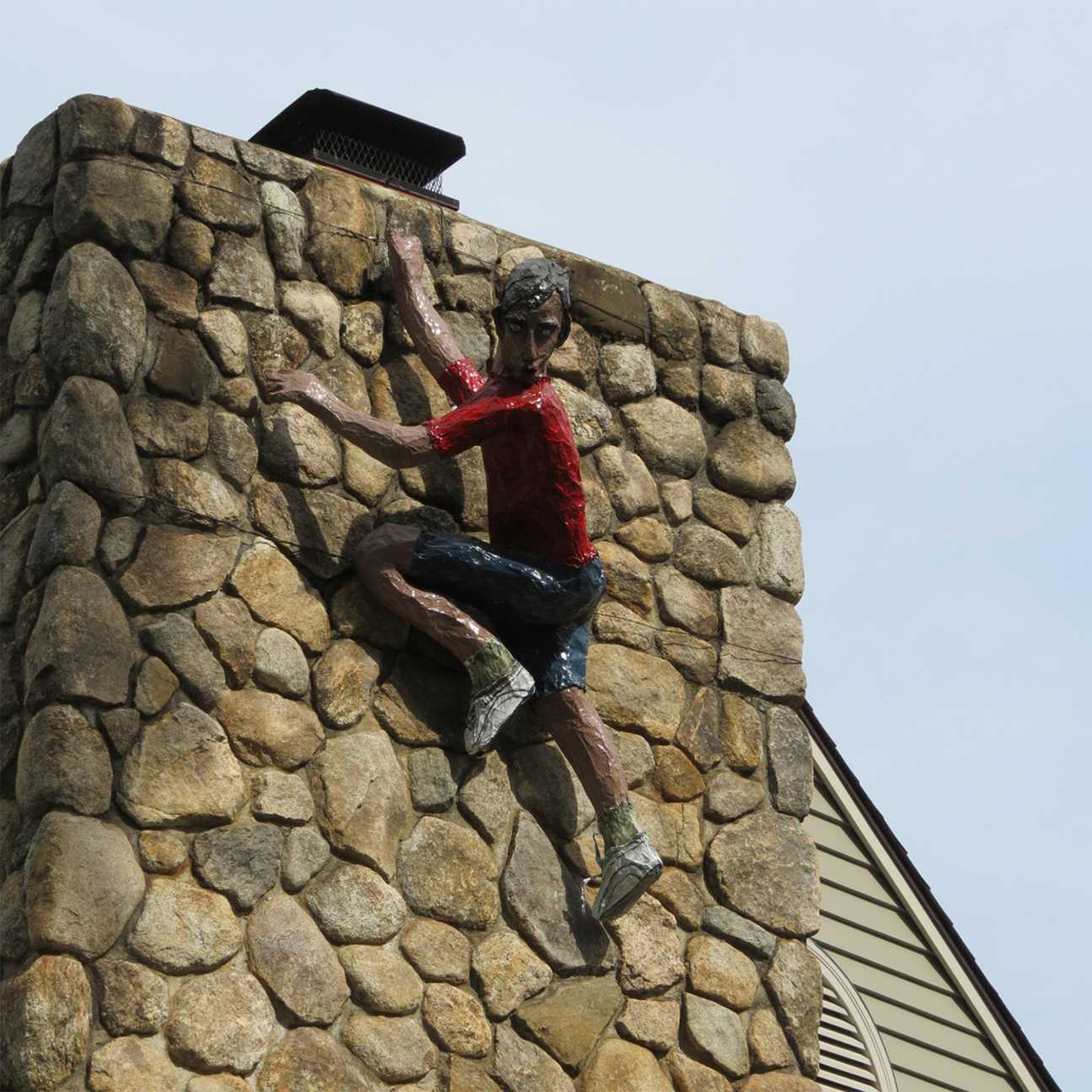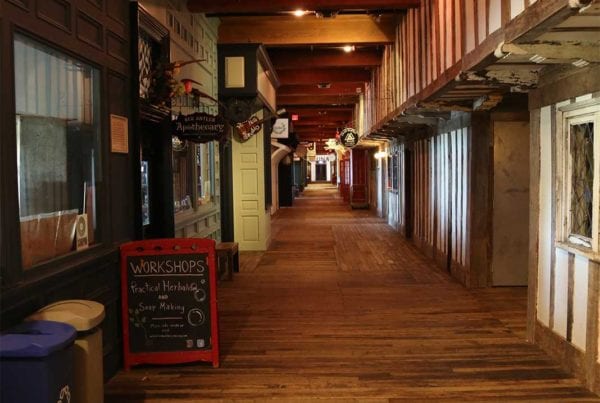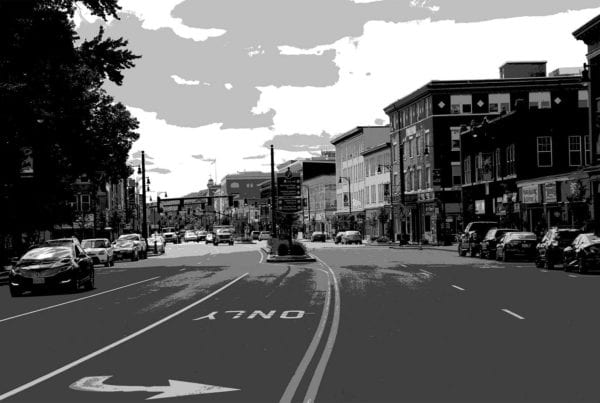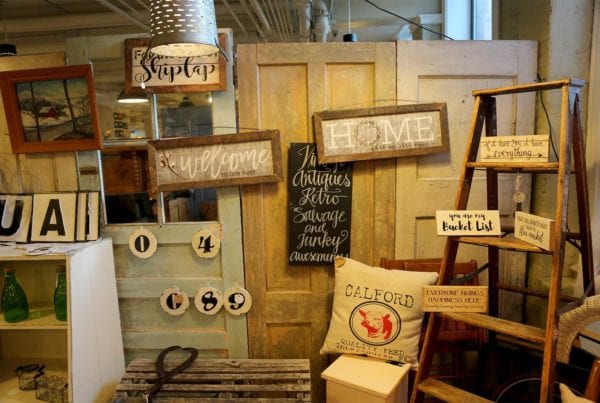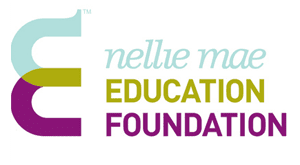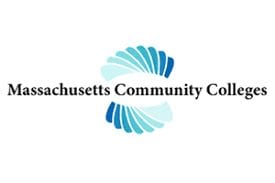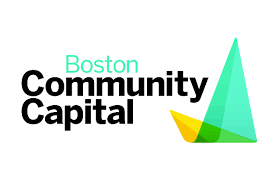I TOOK A leap of faith when I suggested placing large-scale sculptures throughout Worcester to my fellow members of the Worcester Arts Council in 2005. I landed on my feet. By 2008, the idea had evolved into Art in the Park, Worcester, an exhibition of large-scale sculptures in historic Elm Park. What was once a dream is now fully realized, appreciated by all who encounter it.
Today, Art in the Park, Worcester continues to build on the assets that make Worcester a wonderful place to live: a central location, art and history museums, green spaces, a stable population of economically and ethnically diverse people, improving schools, 10 colleges and universities, beautiful historic buildings, and affordable single-family homes. This award-winning destination event enhances the quality of life for Worcester residents and draws visitors to our city from across the Commonwealth and the region.
The Worcester Arts Council had four main priorities at the start of the project: increase the visibility of the Council,promote Worcester as a place where the arts and culture thrive,increase the quality of life of city residents by providing open access to art, and support artists, specifically sculptors. As a Council determining which projects would receive grant funds, we took great care to educate Worcester residents about public art and the proposed project. Admittedly, it was not immediately clear to everyone why investing in art was good for the city.
Public art has the power to energize our public spaces andstimulate both memory and imagination. Art can transformthe places where we live, work, and play into welcoming spacesthat invite pause and interaction. Art in the Park, Worcesterdoes this and more.
After a successful launch and some experiential years, the event is now a biennial exhibition drawing thousands of visitors to historic Elm Park. I lead the event planning committee,which has grown into its own entity independent from the Worcester Arts Council. Unlike the first exhibition, which was funded solely by a local cultural arts grant, we now typically receive 6 percent of our funding from the Council and the remainder from individuals, fees, private foundations, and corporations. In addition, the contribution of time and talent by volunteers and our many collaborative partners — City of Worcester, private non-profit cultural organizations and human service agencies, private large equipment contractors,photographers, public and private schools, neighborhood groups, and local colleges — is vital to the presentation of the exhibition.
This type of project impacts all members of the Worcester community. Youth from nine Worcester Public Schools have experienced the process of design, submission, selection, creation,and installation of sculpture in the Art in the Park exhibition.Young refugees from African countries have created poetry that incorporates nature, public art, and familiar memory.
The benefits and advantages of presenting Art in the Park flow back and forth, from the park to the visitor and vice versa.Elm Park was and remains the perfect site to present Art in the Park. The historic cultural landscape is conducive to presenting sculptures. It is in continuous use by individuals young and old, and by families with children across the economic and ethnic spectrum. The year-to-year presentation in the park has broadened community interest in its physical condition, leading to an extensive restoration and renovation of the park.
The success of the 2017 event reinforced the importance of collaboration, paying attention to the scale and design of the existing cultural landscape, considering the essence of place and memory, and including a mixture of local public artist with attachment to the city as well as national and regional artists.
The theme of the 2017 exhibition was “Interludes,” and the exhibit featured a broad range of sculptural voices and interpretations that evoked memories of play and other leisure-time activities. The exhibit drew crowds who expressed desire for the pieces to remain in the park, praised the exhibit,and gave additional donations. The community pride in 2017 was especially validating given the setbacks faced by the exhibition in previous years.
In 1793, Abbe Gregorie coined the word vandalism in his“Report on Inscriptions in Public Monuments” to denote the destruction during the French Revolution by revolutionaries of monuments, books, art, anything related to aristocracy. He argued that these public works belong to all of France, and as such, should not be destroyed.
In 2015, there was unprecedented vandalism, beginning on the eve of the exhibition kickoff. It was a hard blow to the spirit of both artists and residents. However, the community resolved to work together to ensure this did not happen again.During the 2017 exhibit, Art in the Park received a record number of messages from individuals when they believed that a work had been disturbed, demonstrating that the community’s sense of ownership and attachment to the installations has grown over time.
Art in the Park, Worcester has introduced audiences — traditional and non-traditional — to the works of regional and national public artists in a variety of settings. At the same time,it has introduced public artists and public art professionals to Worcester as a thriving community. The exhibit has motivated local artists to expand their skill sets, provided networking opportunities that give artists access to markets outside of Worcester, and gives residents another reason to be proud of their community.


